
FPA/GAP

Fully-assembled GAP filled with FPAs ready for flight
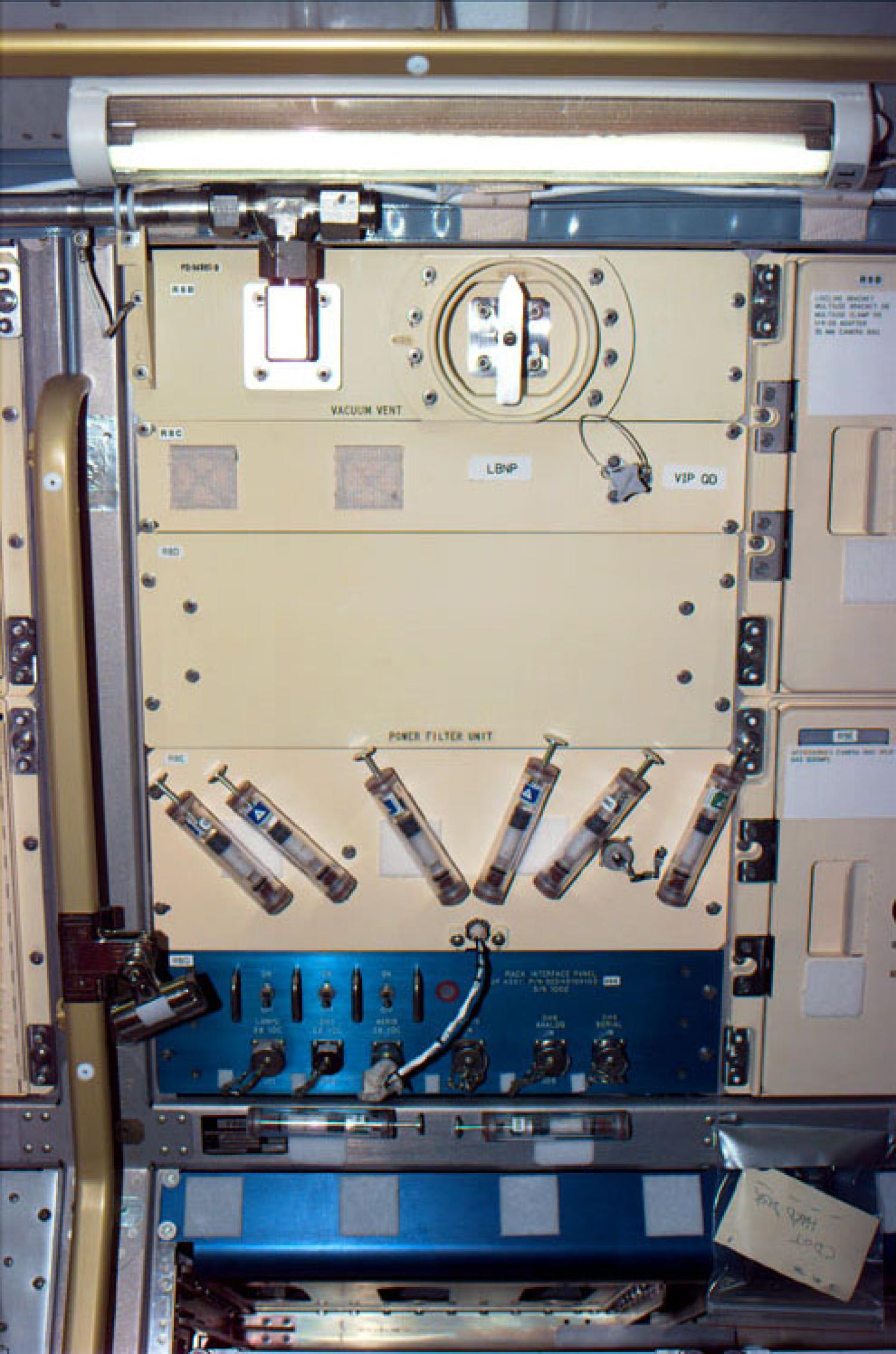
FPAs in Spacelab on STS-50 during the CGBA-01 experiment
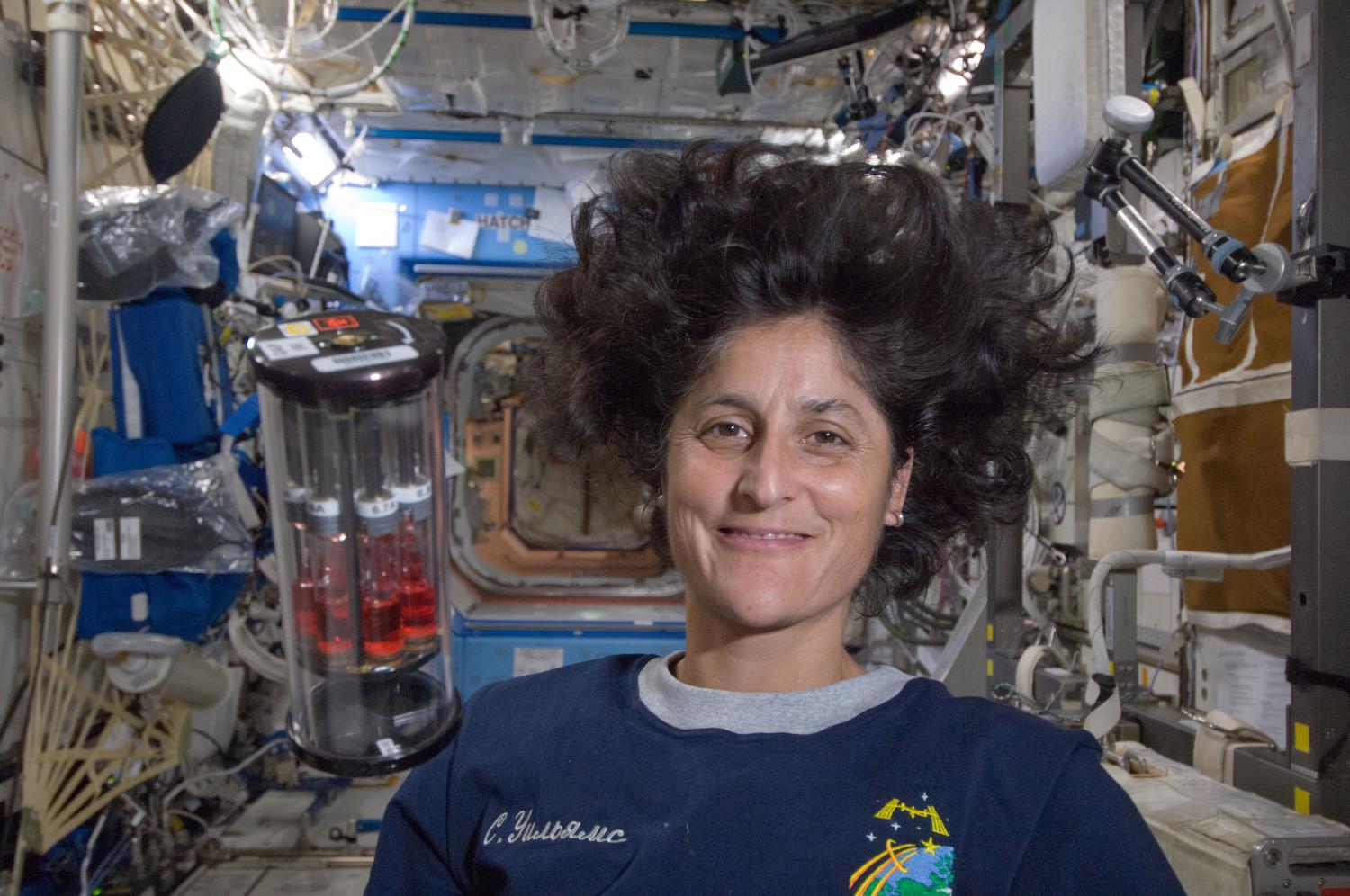
NASA astronaut Sunita Williams with a GAP during the Micro-6 experiment
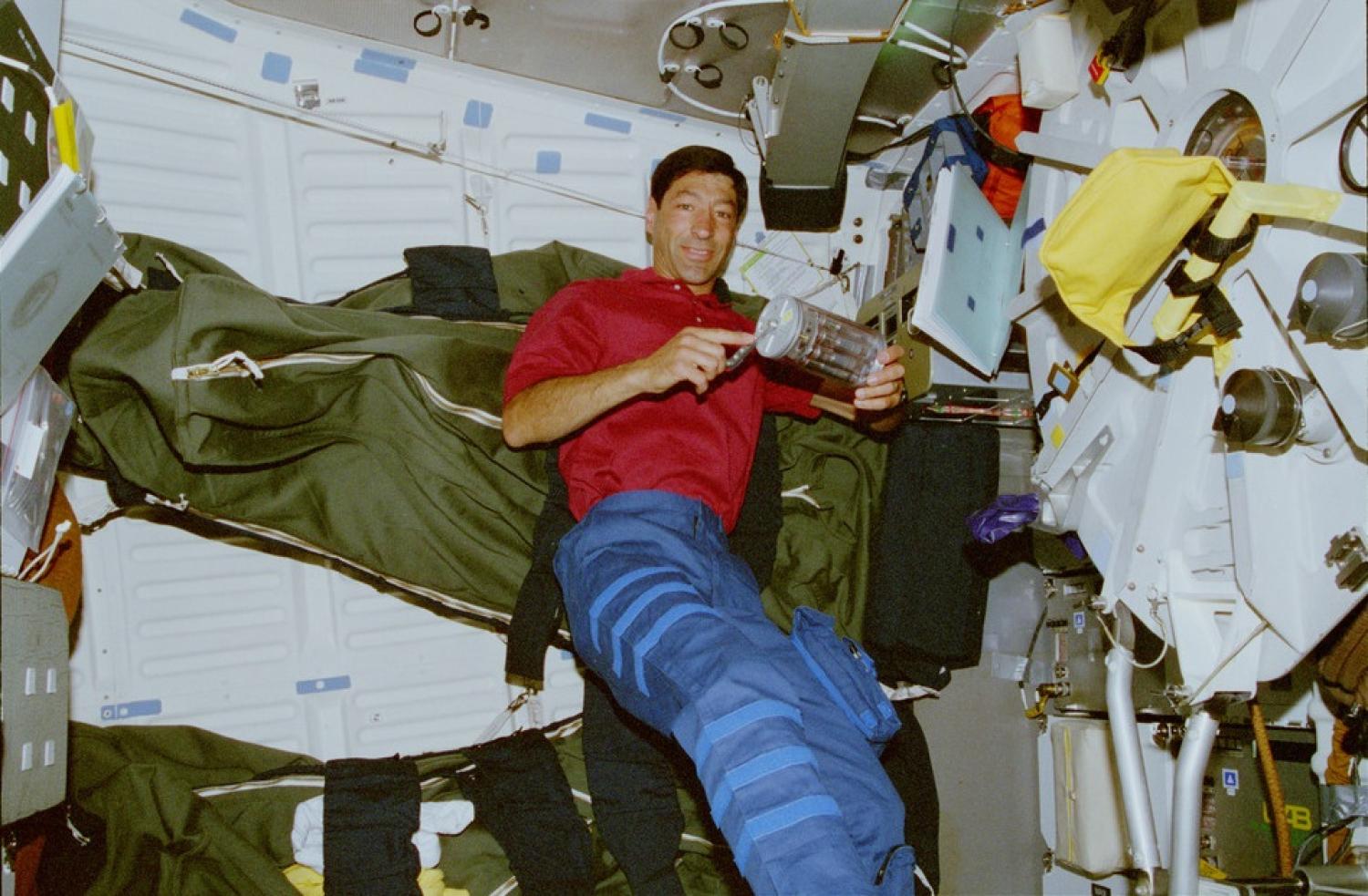
NASA astronaut Marco Runco activating a GAP on STS-77 during the IMMUNE-03 experiment
FPA: A Safe and Simple Test Tube for Microgravity Science
The Fluid Processing Apparatus (FPA) is a fully-enclosed test tube allowing for controlled and sequential mixing of two to four fluids in microgravity while meeting NASA safety standards for containment. A total of 6.5 mL of fluid is contained inside the FPA's glass barrel. The individual fluid volumes are isolated from each other by an impassable rubber septum. A bypass built into the glass barrel allows fluid to mix in between adjacent chambers as the plunger mechanism pushes the septum forward.
The default FPA configuration provides limited gas exchange and can be upgraded with gas permeable membranes to further improve performance for experiments with moderate metabolic requirements.
A typical FPA life sciences experiment includes three fluid volumes as follows:
- Inoculant Volume: A small volume of stabilized and dormant microorganisms
- Media Volume: A larger volume of growth media. Once the experiment is activated on-orbit, the inoculant volume is mixed with the media volume to initiate microorganism growth.
- Fixation Volume: A small volume of fixation chemicals that halts microorganism growth and preserves the sample for ground analysis. Prior to return to Earth, the fixation volume is mixed into the sample to terminate the experiment.
Once the terminated experiment is returned to Earth, BioServe performs all deintegration tasks required to hand over the final samples for analysis.
FPA Research Applications
- Microorganisms
- Mammalian cells and tissues
- Viruses and bacteria
- Protein crystal growth
- Biomaterials
- Small plants/seed germination
GAPs: Enabling Large Sample-Size Life Science Investigations with FPAs
FPAs are typically flown in groups of eight packed within a Group Activation Pack (GAP). Each GAP provides a common activation mechanism for the eight FPAs. The most common method employed currently is a manually-actuated hand crank. In the past, motorized GAPs have been used as well to execute automatic activations. All components of the GAP and integral FPAs are autoclavable and the GAP can be charged with a predefined gas composition to support unique experiment requirements.
For GAP experiments requiring temperature control, CGBA can accommodate up to 16 GAPs (for a total of 128 FPAs) and SABL can accommodate up to 18 GAPs (for a total of 144 FPAs).
GAPs have also been flown with non-FPA hardware as an off-the-shelf containment solution for other experiments.
History
FPAs were first flown on STS-50 in 1992 with the first GAP following in 1993 on STS-54. Since then, thousands of FPAs have been flown supporting more than 35 unique flight experiments. Numerous design upgrades have been made over the years to improve performance and reliability.

Annotated diagram of the FPA used in the AES-1 experiment
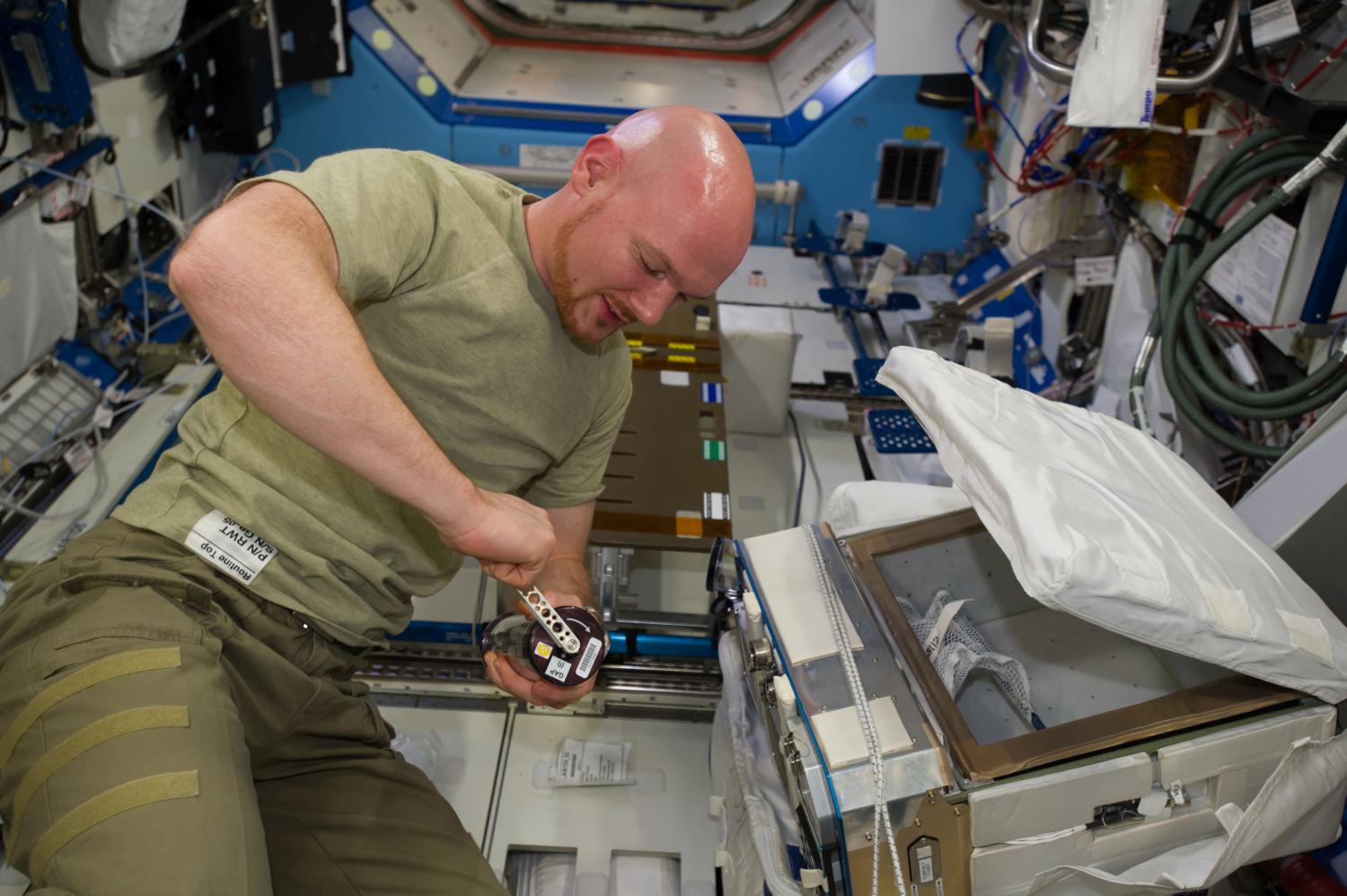
ESA astronaut Alexander Gerst cranking a GAP
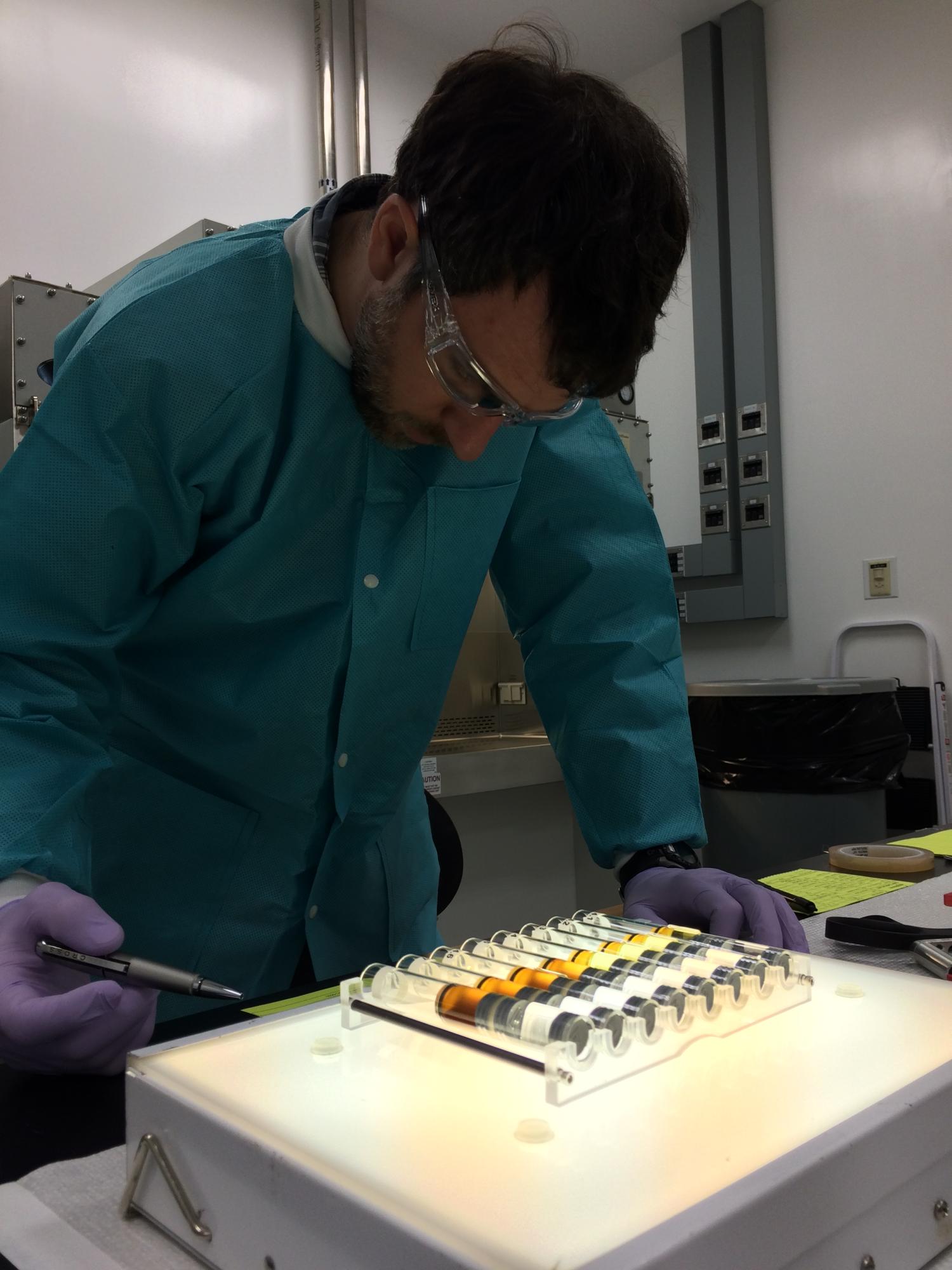
BioServe engineering personnel examining a set of FPAs prior to flight
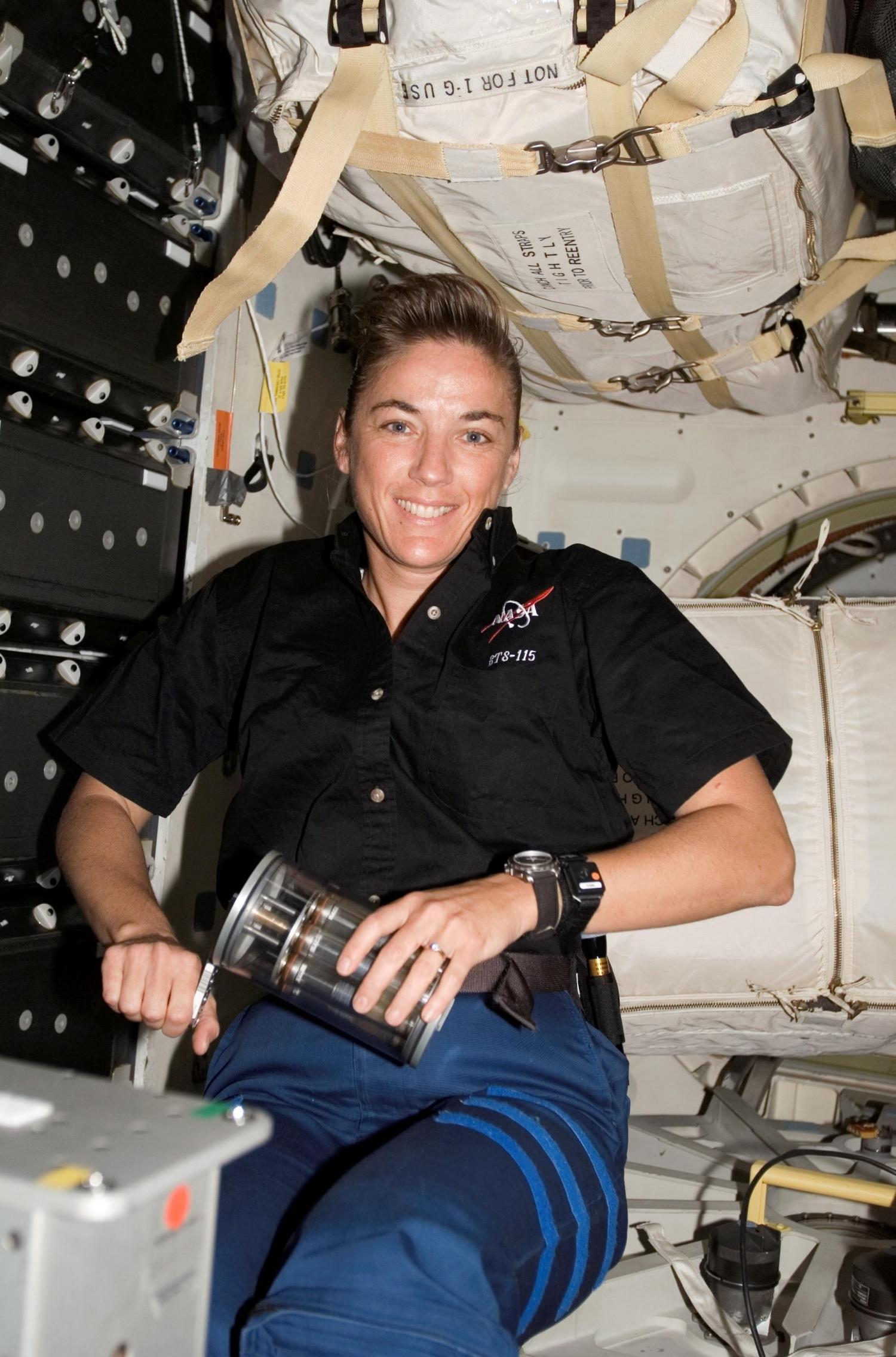
NASA astronaut Heidemarie Stefanyshyn-Piper cranking a GAP during the Microbe experiment
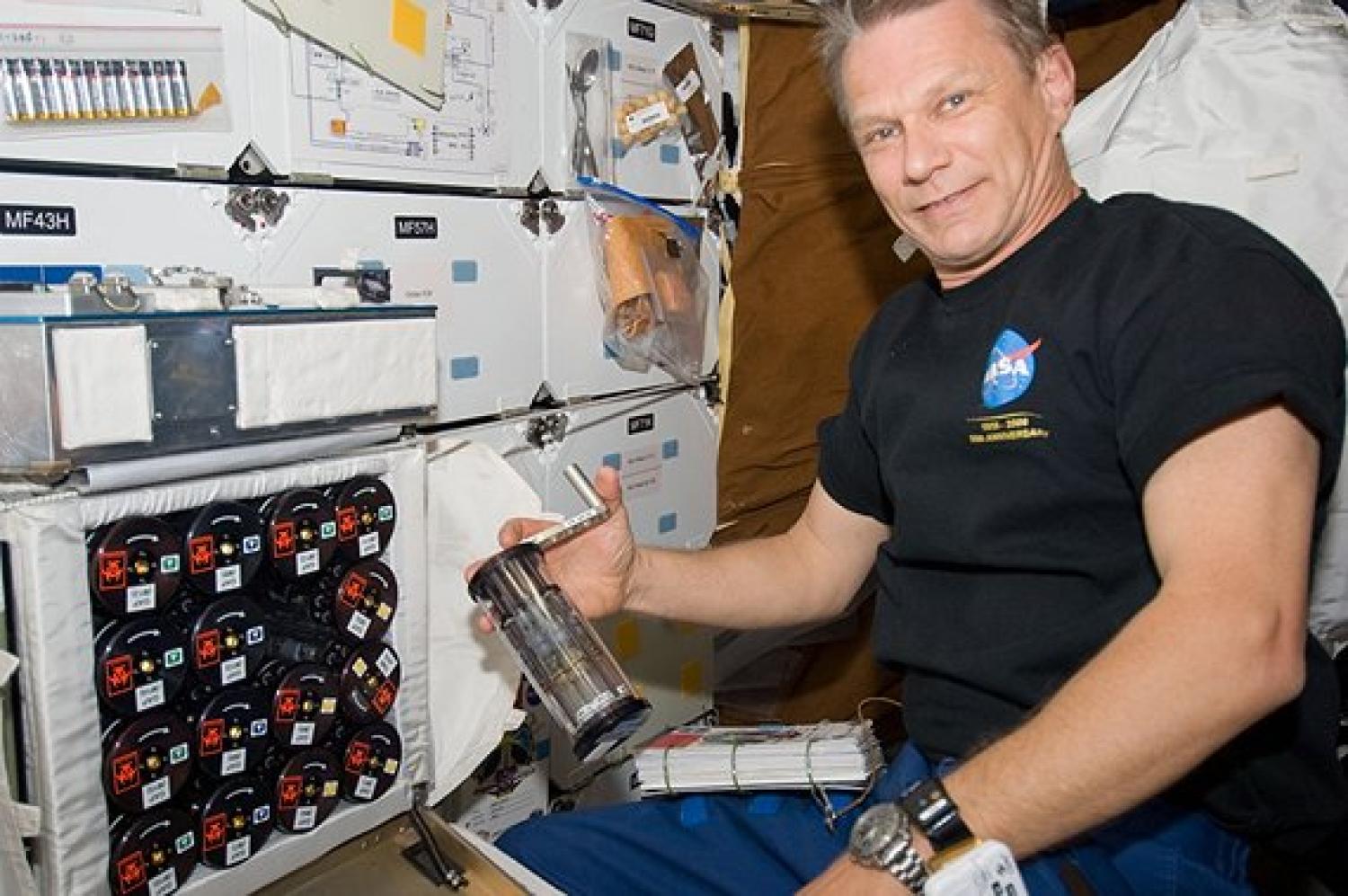
NASA astronaut Piers Sellers activating GAPs during the Micro-2 experiment

